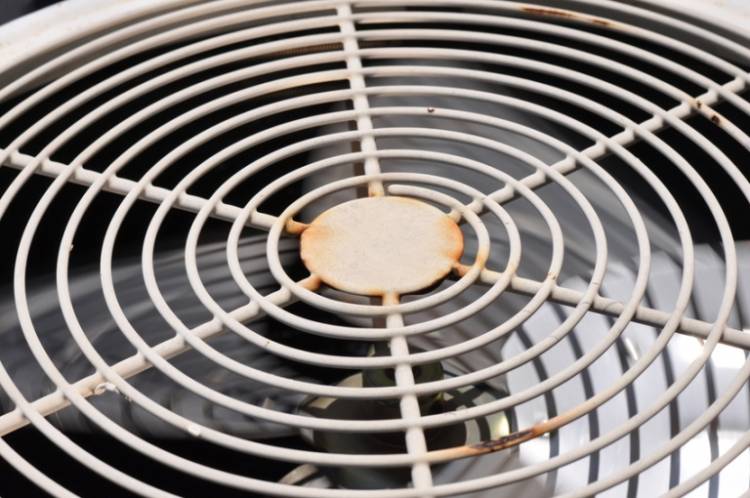In short, a central air conditioning unit chills air and distributes it throughout your home using an air duct system — but how? Well, truth be told, your air conditioner actually works very similarly to your refrigerator, just at a larger capacity. Here’s a more in-depth look at each of the moving parts.

The Condenser – Situated on the outside of the home, your condenser unit is the most visible portion of your central air system. The most integral parts of your condenser unit are the fan and the condenser coil, which suck in warm air and convert it to cool air, fit for your air ducts.
The Refrigerant – In order for the condenser coil to perform its job, refrigerant must be available. The refrigerant transfers from a gaseous to a liquid state, and allows the warm air to be chilled to perfection as it passes through your condenser unit.
The Evaporator Coil – After the refrigerant is used to cool the air, it must transition back to a gaseous state. That’s where your evaporator coil comes into play. This is located inside the home, and is also responsible for pulling excess moisture and humidity from the air.
The Air Handling & Duct Units – This is the portion of the system that’s in charge of redirecting and blowing the newly chilled air throughout your home. An intricate duct system carries the conditioned air from room to room via air vents.
The Air Filters – These are located within your air handling unit, and are used to trap dust and dirt particles before they enter your air. In addition to helping indoor air quality flourish, air filters also keep damaging debris out of your system to boost its efficiency.
The Drainage Process – Water is a common byproduct of the air conditioning process. That being said, there needs to be a drainage system in place to collect and dispose of that water — cue the drainage pipes and pan. Every unit has a series of pipes set up to carry water out and away from the unit, and a backup plan in place just in case those fail. Your drainage system should be flushed by a pro once a year during regular maintenance to prevent clogs.
Now that you know how all the moving pieces come together, you’re like an expert HVAC tech right? — Wrong! While some simple fixes like changing air filters can be done DIY, we always suggest leaving the heavy troubleshooting and maintenance tasks to the pros.
If your unit needs servicing, or you’re interested in installing a new system, call Tyler Heating & Cooling at (203) 378-4700 today.









